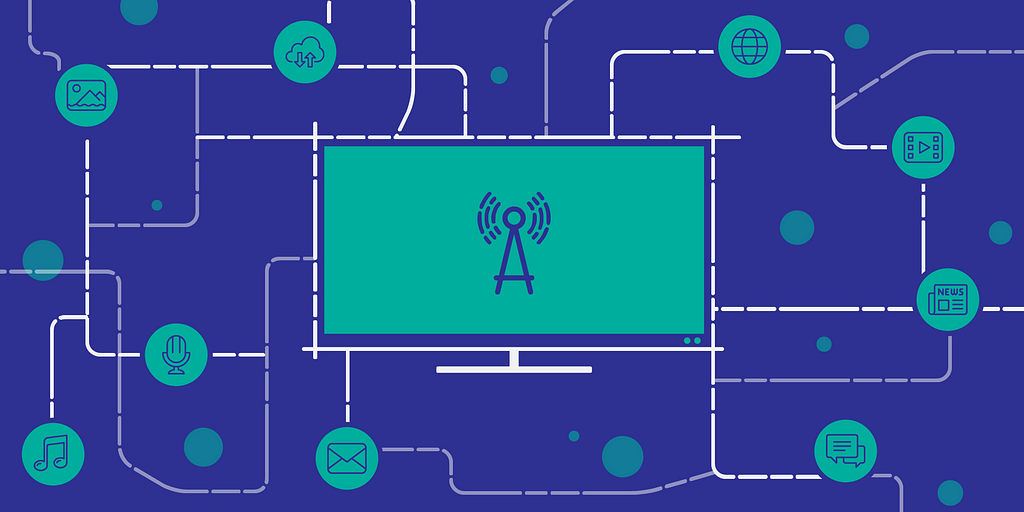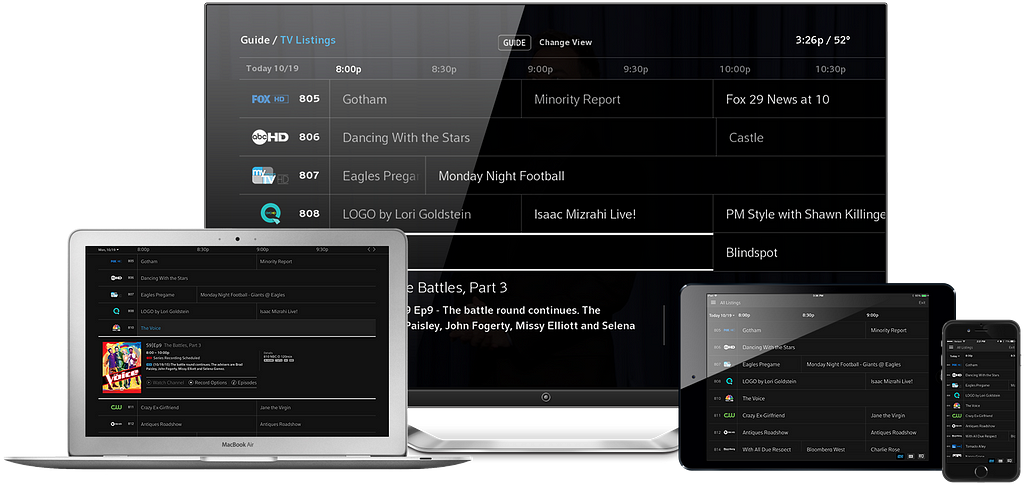Behind the success of Comcast‘s digital strategy

Blockbuster shuttered its doors by the end of 2013, marking an official turning point in the American public’s consumption of video content. The company’s demise represented a culmination of dramatic warning signs over the previous decade for entrenched content creators and distributors to evolve or die. Since 2001, consumption of over-the-air television has decreased as consumers’ viewing behaviors have moved to digital mediums. While Comcast has remained the largest cable provider in the United States since 2001, the company hasn’t sat idly waiting for competitors to catch up; rather, it realized early on that it wasn’t impervious to a similar disruption as Blockbuster at the hands of digital upstarts like Netflix, Hulu, and Amazon Video — so it innovated.
Over the last decade, over-the-top content services’ (OTT) consumer usage has scaled rapidly in parallel with the widespread adoption of smart devices. This shift has had a profound impact on the entertainment (and advertising revenue) paradigm, pushing towards consumer-driven and on-demand content. For Comcast, keeping up with the speed of innovation isn’t easy when you consider all the moving parts.
Innovating quickly isn’t something that comes easily for any business, especially one that is the size of Comcast.
By the fall of 2010, Netflix was an established OTT leader that had just launched a mobile app, enabling its customers to watch movies on-demand from anywhere. Comcast would launch a competitive mobile application five years later. During this time, additional competitors were gaining market share as they leveraged the cloud—from Hulu to Roku, Apple TV to Google Chromecast. It’s estimated the average weekly time US internet users will spend watching OTT TV will rise 425% between 2014 and 2020, from 3.6 hours to 18.9 hours.
Innovating quickly isn’t something that comes easily for any business, especially one that is the size of Comcast. The company has more than 153,000 employees, 65 services, and handles over 250 million transaction a day. While Comcast’s development team was innovating quickly on its consumer offerings, its teams managing the company’s internal infrastructure had hurdles inhibiting their ability to keep up with their counterparts. Some of these hurdles included: 1) porting over a large legacy codebase to the cloud; 2) adjusting manual and people based processes; 3) maintaining and adapting its physical infrastructure to a multi-cloud approach; and 4) dealing with commingled data. (For a deeper dive into these hurdles, Comcast Senior Principal Engineer Nick Beenham’s presentation at last year’s SpringOne Platform is a must-watch.) Developing, testing, and deploying features would take Comcast weeks to ship, and, it would take several more weeks to scale the product to meet the consumers’ demand.
The platform offered customers the option of watching streams offline, a feature that Netflix wouldn’t be able to offer for another four years.
Despite all these obstacles, Comcast managed to not only catch up — but even out-innovated its competitors in some instances. In 2012, the company launched X1, a cloud-enabled platform that delivered the “world’s largest” collection of video and transformed the Comcast TV experience into an entirely new integrated entertainment system. The platform offered customers the option of watching streams offline, a feature that Netflix wouldn’t be able to offer for another four years.
The company’s achievement was marked by an internal transformation of its software development processes and culture. Moving away from siloed development to cross-functional teams that embraced agile methods, Comcast was able to reduce time-to-market of its new features.

Last fall, Comcast incorporated Netflix into its X1 platform, embracing what McKinsey has called “a paradox” in the telco industry: OTT as a simultaneous threat and opportunity. A decade prior this partnership would have seemed unfathomable — they were fierce competitors. However, the well-documented feud provided customers sub-optimal experiences: Comcast customers couldn’t access Netflix content and, in turn, needed an alternative device (Roku or Apple TV), while Netflix customers needed a Comcast-like option to enjoy live television. In response to the news, Netflix CEO Reed Hastings said, “Big picture-wise, the Comcast-Netflix deal is symbolic because it’s Netflix and the cable industry working together.” Unlike Blockbuster, who tried to fight Netflix to the bitter end, Comcast adapted, innovated quickly, and found success with a digital shift.

Change is the only constant, so individuals, institutions, and businesses must be Built to Adapt. At Pivotal, we believe change should be expected, embraced, and incorporated continuously through development and innovation, because good software is never finished.

Digital Frenemies: How Comcast Embraced Netflix… and Won was originally published in Built to Adapt on Medium, where people are continuing the conversation by highlighting and responding to this story.
























